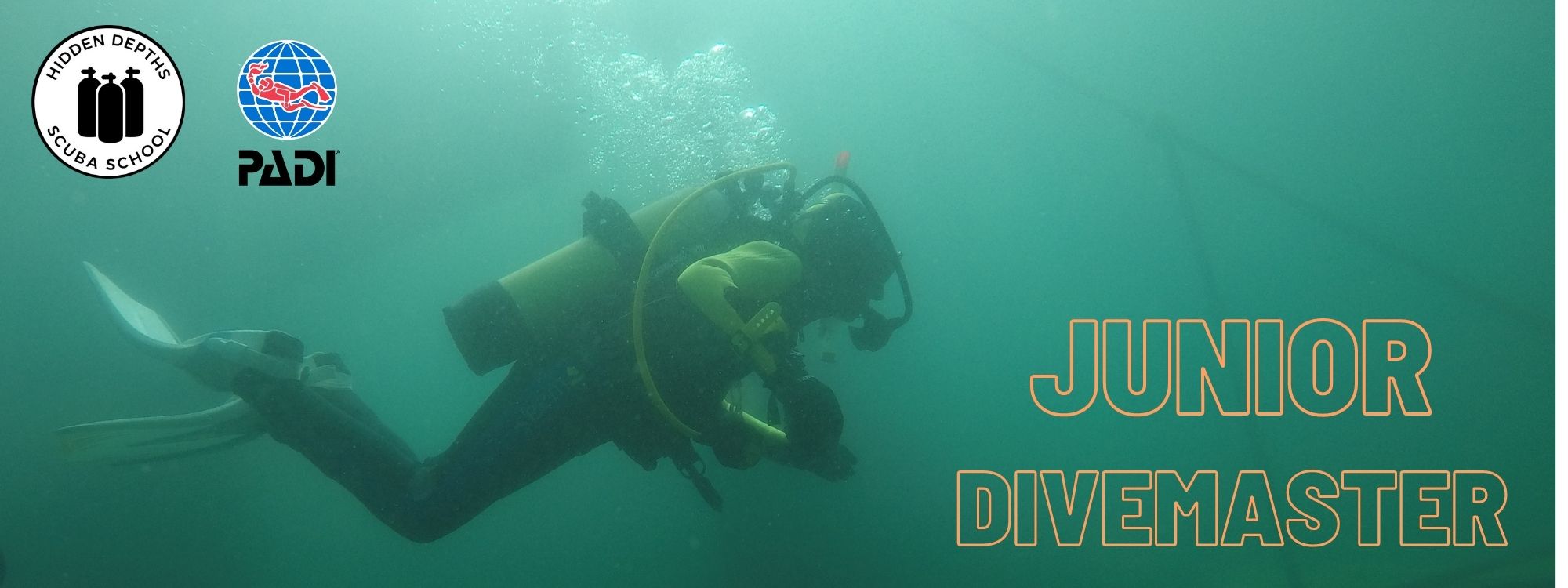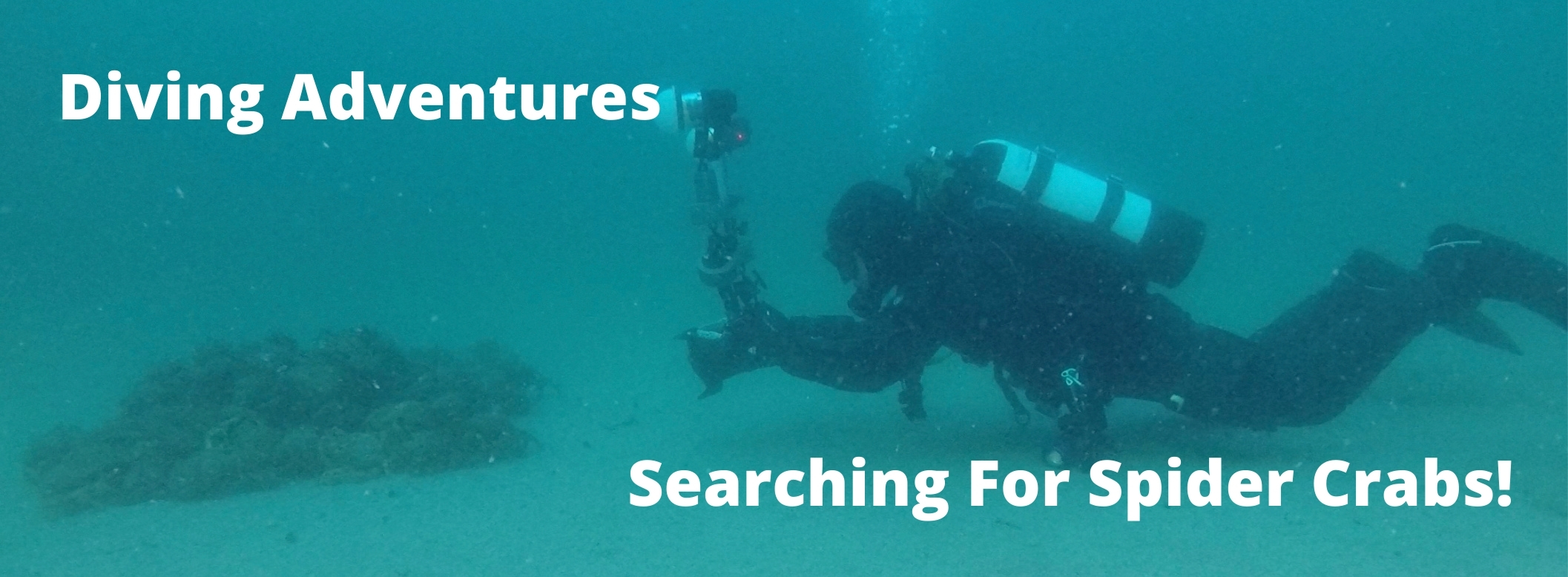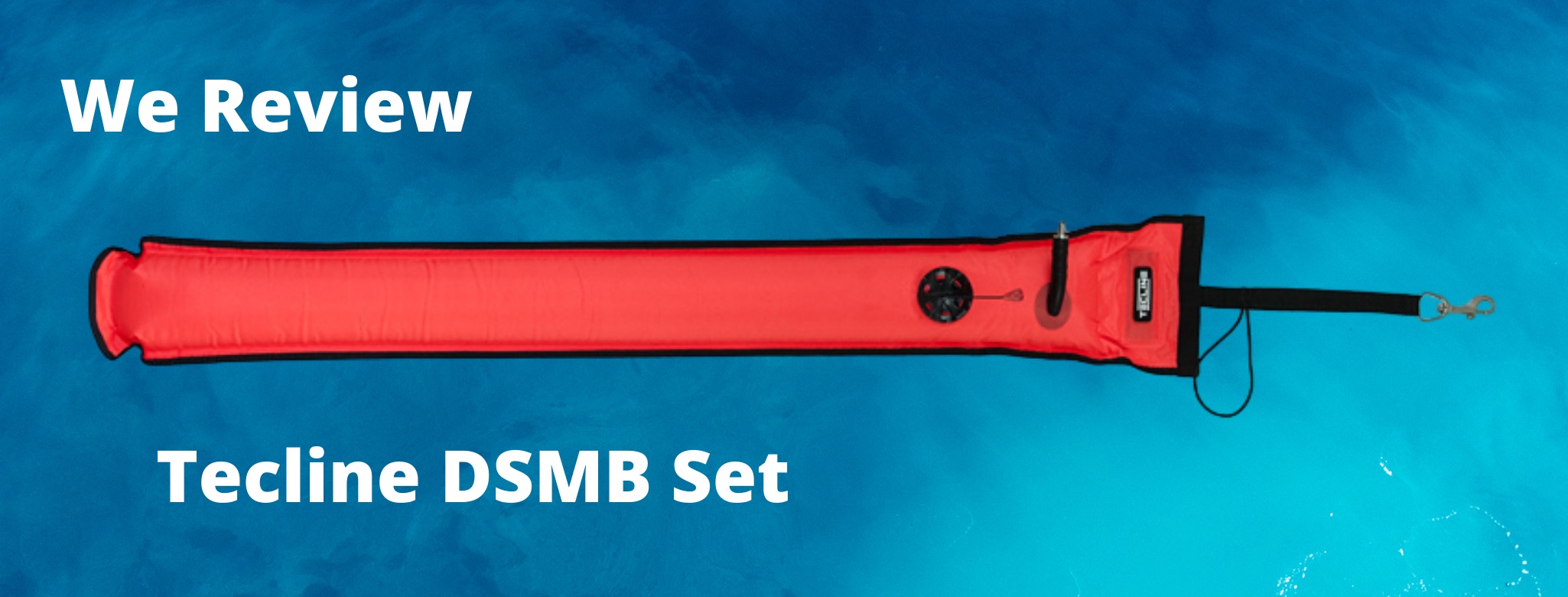You have 0 product(s) in your cart.
What To Expect On A Maldives Dive Trip
In short, almost everything is a dive site in the Maldives.
I’ll however talk about a few which I recall diving in the South Ari Atoll area.
Over the years, I have spent time both on Angaga Island, in 1996 when it was a quite simply appointed island, some 40 beach burees and one restaurant, and also on Luz (the island to the immediate south of Dhigurah. One of the Maldivian pilots from the air taxi service recalled fond memories of when as a youngster, he would go with his family to Angaga to picnic on the beach before it was developed. The house reef in 1996 was quite splendid. Nearby there is also Angaga Tila, an occasional trip from Lux too.
I would broadly categorise sites that I’ve experienced into the following groups:
- Inner reef dives
- Channel tila dives
- Inner tila dives
- Outer reef (back reef) dives
- Wrecks (delberately sunk)
Dhigurah Channel is a popular destination in South Ari for many of the local resort day boats and also for liveaboards that moor on the inside of Dhigurah Island. Dhigurah is a local island, immediately to the north. At times I’ve seen several liveaboards moored up and numerous Dhoni taking divers to the various channel tila, Dhigurah, Lucky Hell, Vakarufahli, Kuda Rah, Hudu and Thinfushi to name a few.
DIVE SITES IN SOUTH ARI ATOLL
ANGAGA TILA (AN INNER TILA):
Tila are submerged coral heads. The tops vary between a few metres and some which are deeper. Angaga Tila is not far from the island of Angaga. Angaga Tila top was, as I recall, around 12m. Entry is negatively buoyant and a rapid descent up current (else you’ll have been carried past the tila before you reach the depth. Diving on the sheltered side of the tila, you work your way zig zagupwards until you reach the top. Amazing coral and fish life on the sheltered side. When you pop up to the top you can really feel the current. The top of the tila is dead and broken coral. Swimming against the current is not possible so reef hooks are an option here. I recall being rewarded with the sight of a beautiful and large shark. I was not certain of the species at the time but was told it may have been a bull shark. It was cruising some 10m up-current of the front edge of the tila.
CHANNEL DIVES
Similar characteristics to tila dives located within the central parts of the atoll, high currents and pelagics. Between the various tila in Dhigurah channel, white and occasional black tip reef sharks can be seen, sometimes white tips in some numbers. You can also spot Napoleon Wrasse, including the friendliest one I’ve ever had the privilege of seeing. Kudu Rah is well known for it’smassive school of resident blue striped snapper. Stingray, including free swimming ones are a frequent sighting.
INNER REEF DIVES
There are a plethora of inner reef dives, nice for a lazy afternoon dive and perhaps in cases also for night dives. These are characterised by tremendous fish life, morays being a very common feature, as are turtles and occasionally manta if the plankton is about. Swim throughs and gentle drift with the current being the format of these dives and some lovely swim throughs. Visibility depends on the time of year, current direction and the amount of plankton. However, as they say, if you want to see manta, you gotta put up with the plankton, the latter being the preferred food of the former. Manta also are drawn to the lights on some of the jetties, or more likely to the organisms they feed on being attracted by the lights.
One of my best viewings of an Eagle Ray has been on one of these dives, seeing it pick up mouthfuls of coral gravel and then spit out again, much like our friend the Napoleon was doing on the channel tila.
SOUTH ARI ATOLL, SOUTH OUTER REEF - AKA WHALE SHARK SAFARI
Outside the islands of Mamagili and Dhidhdhoo immediately to the east is one of the most popular whale shark spotting sites in the region. I’ve met people who have travelled several hours by speed boat to try their luck on spotting one of these marvellous creatures. Luck is required to spot one diving, having done some dozen dives or so before on our first trip of the third holiday, we saw one swimming under us on our safety stop.
The local marine biologists have catalogued over 400 individuals, uniquely identified by spots around their flanks above their pectoral fins. Some are juveniles, only 4m or so long, some are much larger indeed. It’s thought, being cold blooded, they feed much of their time in the deep waters, coming to shallow water to increase their body temperatures. The highest chance of spotting one is from a snorkel boat, spending most of the time on the surface waiting till one comes by or is spotted by another boat. Then there’s a boat jam when there’s a rapid convergence of vessels bringing snorkelers to site. Hence diving outer reef, protocol is to use a DSMB on every dive. At the end of the dive, and reef top is around 5m, swim off into the blue and deploy DSMB before surfacing. The boat traffic immediately below and beside the reef necessitates this procedure.
The outer reefs have the abundance of life you might expect. Pelagics are less common by far than on the channel and tila dives. However, batfish are a common sight and can be tempted to come and visit up close; just try rubbing your thumb and index finger together for a while and they may come up for a look. They also seem to like yellow (the GoPro handle I use). Oh, and turtles, lots of turtles.
I hope my recollections have given you some thoughts about the diving on offer in the Maldives. Those heading on the Hidden Depths trip in April are sure to have an amazing trip, and if you missed out on a spot on that trip the Maldives are certainly worth keeping on your dive list for a future trip!
WRITTEN BY ROBIN, PADI INSTRUCTOR
First Published - 29th March 2019
Updated - 11th May 2020






